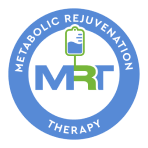Evolution of MRT
MRT has gone by many names since its discovery in the 1980’s, you will find many of those names in these studies
Studies
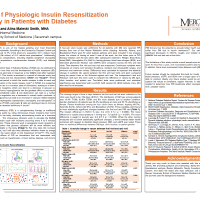
1 A1C - Blood Pressure - Retrospective Study - 67 person - Mercer University School of Medicine - 2022-min
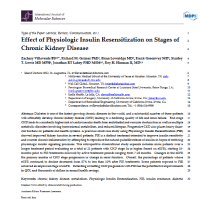
2 Kidney Disease - 17 people - IJMS -2024-min
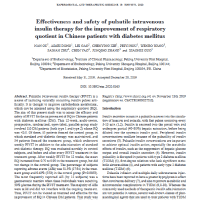
3 Chinese study - Respiratory Quotient - 107 person - 2019-min

4 Retrospective study - 80 patients - IRB - Frontiers in Public Health - 2021-min
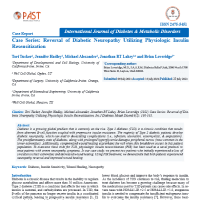
5 Reduced Hospital and ER Visits - Retrospective Study - 1524 patients - Journal of DIabetes, Metabolic Disorders & Control - 2017-min
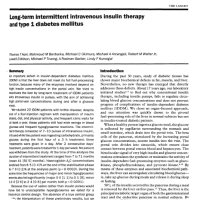
6 IIIT - Research - Type 1 Diabetes - LANCET - Aoki -1993-min
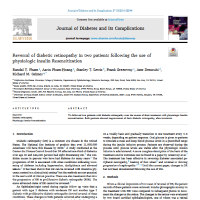
6.1 Retinopathy - Journal of Diabetes - 2 patients-min

6.2 Kidney Disease - Review - Diabetes Journal-min
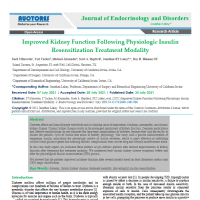
6.3 Kidney Function - Review - 3 people - Lakey-min
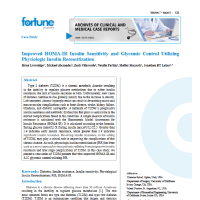
6.4 HOMA-IR - Fortune Journals - 4 people-min
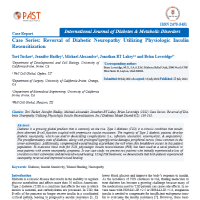
6.5 Neuropathy Reversal - Study - 2 people - International Journal of Diabetes & Metabolic Disorders - Lakey-min
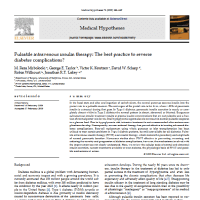
6.6 Diabetes Complications - ELSEVIER - Research - PIVIT - FIT - 2009-min
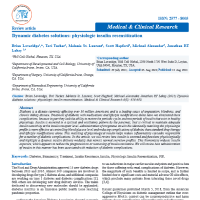
7.1 Detailed Review - Medical and Clinical Research - 2021 - Lakey-min
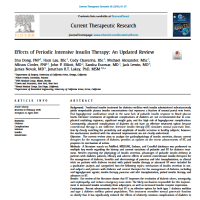
7.2 Research - ELSEVIER - 2019 - Lakey-min
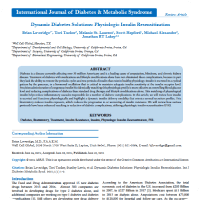
7.3 Review - International Journal of Diabetes & Metabolic Syndrome - Lakey-min
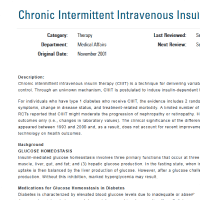
8 Medical policy - CIIIT - 2001-min
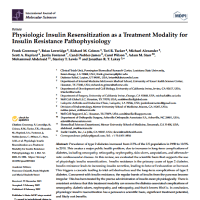
9 Insulin Resistance - Reason for MRT - Lakey - International Journal of Molecular Sciences - 2022-min
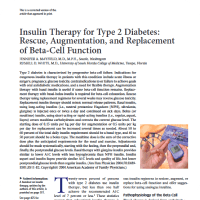
9.1 Beta cell function - Research - Reason for MRT - Mayfield - 2004-min
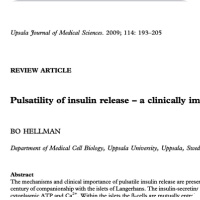
9.2 Abstract - Pulsatile Nature of Beta Cells - Upsala Journal of Medical Sciences - 2009-min
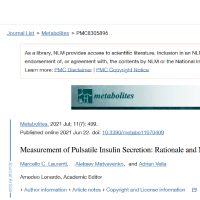
9.3 Rationale and Methodology - Pulsatile Nature of Beta Cells - PubMed - 2021-min
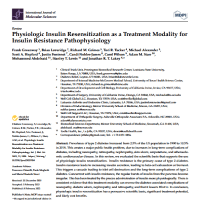
9.4 Type 2 Diabetes - Opinion - International Journal of Molecular Sciences - 2022-min
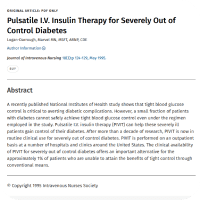
9.5 PIVIT for Out of Control Diabetes - Abstract of Study - Journal of Infusion Nursing - 1995-min
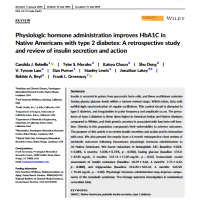
9.6 MRT in Native Americans - Review of Data - 2023-min
Frequently Asked Questions
Your quick answers here, saving you time and hassle
Will MRT reverse diabetes?
Although, anecdotally, there have been many documented cases, the data supports that when combined with already existing diabetes strategies, MRT can significantly slow or stop the progression of kidney disease, neuropathy, retinopathy, and reduce A1C and overall blood sugar levels and spikes.
How safe is this for my patients?
Under proper training this therapy is extremely safe. Anytime insulin is infused there is risk of a crash. Through proper training and protocols this is extremely rare and in almost all cases patients recover with simple oral glucose.
Are there potential negative side effects?
There are no long term negative side effects recorded from this therapy. Occasional short term symptoms can be similar to those experienced with dietary changes intended to improve diabetes. Most experience slow and gradual improvement of symptoms associated with diabetes.
How frequent are the treatments?
Treatment protocols are specific to the severity of the conditions and lifestyle of the patient. For most moderate to severe cases, Phase 1 treatments will start 2 times a week for 2-8 weeks, then progress to Phase 2 at 1 time a week until they achieve desired goals or max improvement, commonly 2-6 months. Following this phase they enter maintenance which can vary between 1 visit every 2-12 weeks, depending on lifestyle.
How long does a treatment take?
Treatment times vary based on severity and patients’ response to treatment. Typically we suggest planning on 3 hours for moderate to severe patients and 2-3 hours for mild and maintenance visits. In some cases, providers may recommend doing more frequent visits for less time per visit.
How much space do I need in my clinic to implement MRT?
This will depend on how many chairs you decide to set up. The minimum we recommend is 4 chairs, which would require about a 8′ by 12′ space to operate comfortably. We recommend open space so patients can visit and hear each others success stories as they are in treatment.
How much staff is required to be successful?
Each office will determine it’s own best flow. Our recommendation is for an existing medical office adding 4 or 6 chairs. One full time RN and MA (with phlebotomy certification) are enough to operate the chairs under supervision of an existing MD or NP (if state allows).
Are other services recommended to support MRT?
MRT can be a stand alone therapy, but can also draw patients to the clinics with many other needs. You may already offer other services or may want to add services that can bless and improve their lives and help grow your revenue opportunities. Once you implement MRT successfully feel free to ask about other services and revenue streams that you could add.
Does insurance cover MRT?
We advise clinics to add MRT as a cash based service as it does not have it’s own designated HCPCS or CPT codes. Although many choose to bill MRT as an off-label use of insulin, billing and basing medical necessity on hydration and IV therapy, we advise against this practice as it comes with risk of audit and potential claw backs. Part of your royalty fee goes toward the large scale studies and lobbying needed to be recognized with its own CPT codes. We are working aggressively in this space but will take some time. May be accelerated with Robert Kennedy’s support as the Secretary of Health 🙂 Go MAHA!
What if patients can't come so frequently will they still benefit?
Yes we have developed protocols for this purpose, although results will likely not be as significant or delayed. We have found that less frequent visits can still achieve results when necessary.
